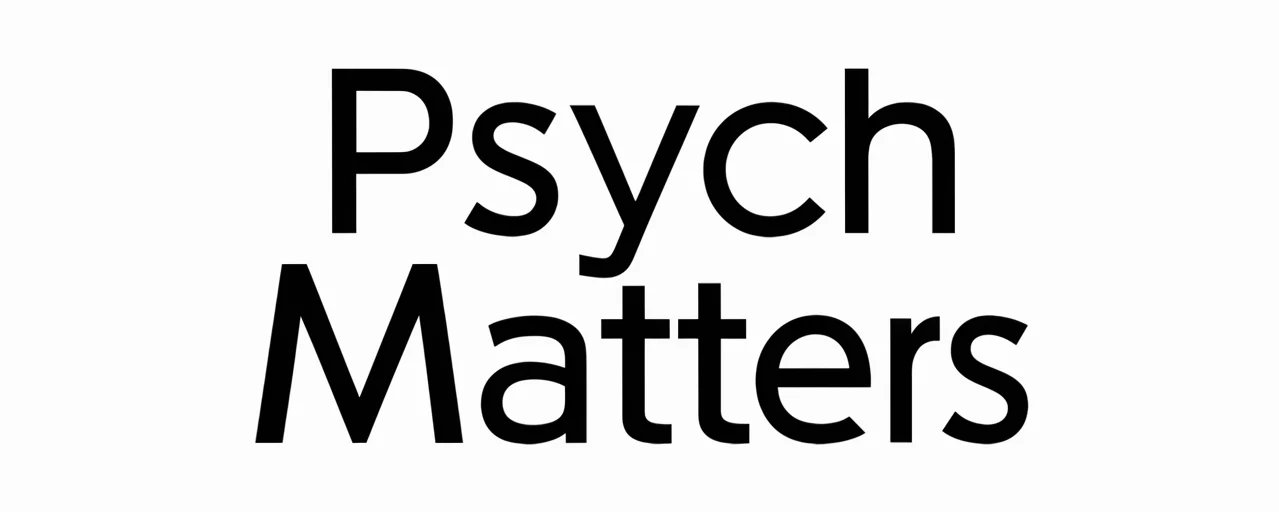Mind Over Matter: The Psychology of Placebo and Nocebo
Introduction – The Power of Expectation
The placebo effect refers to measurable improvements in symptoms or health outcomes that occur after receiving an inactive or “fake” treatment, often driven by belief in its efficacy. In contrast, the nocebo effect describes negative symptoms or adverse effects arising from harmless interventions, typically fueled by negative expectations. Both reveal the profound influence of the mind-body connection in medicine, demonstrating that patient expectations shaped by past experiences, verbal suggestions, and therapeutic context can trigger real physiological and psychological changes.

These phenomena are not merely curiosities of clinical trials or double-blind studies; they occur regularly in real-world healthcare scenarios. From alleviating chronic pain to exacerbating side effects, expectations play a pivotal role in medical psychology and behavioral medicine, impacting conditions as varied as depression, arthritis, asthma, and migraine headaches.
Psychological Mechanisms at Play
Two principal psychological mechanisms—classical (or psychological) conditioning and expectancy—explain much of the placebo and nocebo responses.

- Classical Conditioning: This involves forming associations between a neutral stimulus (e.g., a sugar pill) and a therapeutic outcome. Over time, the body produces a conditioned response—such as endorphin release or relaxation—whenever the conditioned stimulus is presented, even without an active drug. This is a process well-documented in psychoneuroimmunology, where immune responses can also be conditioned.
- Expectancy: In expectancy theory, symptom changes arise from a person’s anticipation of benefit or harm. These expectations can be consciously shaped through verbal suggestions, medical information, and the quality of the therapeutic alliance between doctor and patient. Negative framing can foster nocebo-induced adverse effects, while positive framing can encourage healing beliefs and symptom improvement.
Both mechanisms are influenced by cognitive biases and belief systems, operating at conscious and unconscious levels to modulate symptom perception and treatment outcomes.
Brain Pathways of Mind-Body Interaction
The placebo and nocebo effects are underpinned by specific neurobiological circuits. Research using brain imaging and pharmacological interventions has identified the descending pain modulatory system (DPMS) as a crucial mediator. This network comprises the anterior cingulate cortex, prefrontal cortex (PFC), periaqueductal gray (PAG), and rostroventral medulla (RVM).

In placebo analgesia, activation of the PFC and PAG triggers endogenous opioid release, dampening pain perception and altering sensory integration. Conversely, in nocebo hyperalgesia, similar pathways can amplify pain signals. Neurotransmitter release—extending to dopamine and cholecystokinin—also plays a role in these psychosomatic responses. These mechanisms highlight how psychological factors can directly interface with the body’s neural circuitry to influence health outcomes.
Evidence from brain imaging studies further supports the concept that these effects are not purely subjective; they reflect tangible neuroplastic changes that influence perceptions of discomfort, wellness, and recovery.
Why Nocebo Can Pack a Stronger Punch
The nocebo effect often demonstrates greater strength and persistence than its placebo counterpart. Studies suggest this may stem from evolutionary adaptive behavior—a “better safe than sorry” mechanism—that biases individuals to prioritize detection of threats over potential rewards. This cognitive bias means that negative suggestions and expectations can produce stronger psychosomatic responses and heightened pain perception.

As noted in comparative research, nocebo effects can manifest quickly and endure longer, with slower extinction of learned adverse responses. Functional neuroimaging has revealed enhanced activation in brain regions associated with pain and negative emotion processing, underscoring why nocebo-induced symptoms may resist reversal and significantly impact treatment outcomes.
Leveraging Placebo Positivity in Practice
Harnessing the placebo effect ethically in medical practice involves cultivating a therapeutic context that fosters positive expectation and trust. This can include:

- Enhancing the doctor-patient relationship through empathy, active listening, and encouragement.
- Framing information about treatments in a hopeful but accurate manner to reinforce beneficial anticipated outcomes.
- Incorporating open-label placebos, in which patients are informed that they are receiving an inert substance but are educated about the potential mind-body benefits. These have shown promise in conditions such as irritable bowel syndrome and chronic pain.
- Integrating psychosocial and behavioral interventions to reinforce positive conditioning responses and supportive belief systems.
Strategic communication can enhance the brain’s healing pathways without deception, fostering genuine improvements in treatment outcomes.
Sidestepping the Nocebo Trap
Reducing nocebo effects requires equally careful attention to language, expectation management, and therapeutic context. Approaches include:
- Avoiding unnecessarily alarming or negative wording when discussing potential side effects, without withholding essential information.
- Providing balanced, contextualized explanations of risks that emphasize probability and modifiable factors.
- Ensuring that patient concerns are acknowledged and addressed within a supportive therapeutic alliance.
- Monitoring for psychosomatic responses linked to negative expectations in clinical trials and outpatient care, intervening early when patterns emerge.
In behavioral medicine, actively countering maladaptive conditioning and cognitive biases can help prevent worsening of symptoms due to undue anticipatory anxiety or stress responses.
Conclusion – Harnessing the Mind’s Hidden Therapy
The placebo and nocebo effects underscore the intricate psychological and neurobiological interplay between mind and body, influencing healing, symptom perception, and overall health. By understanding and thoughtfully managing these responses, clinicians and researchers can enhance the benefits of medical interventions while mitigating harm. Ethical application of positive expectation—paired with strategies to minimize negative bias—can transform the therapeutic context into a powerful adjunct to conventional treatment, illustrating the profound truth of “mind over matter” in medical psychology.







